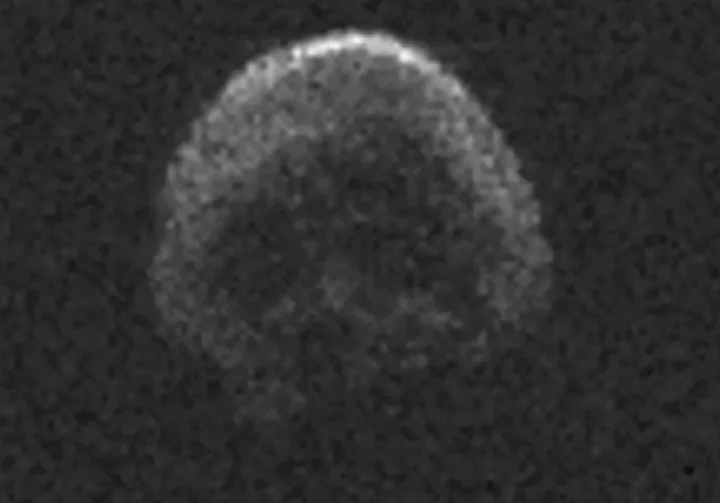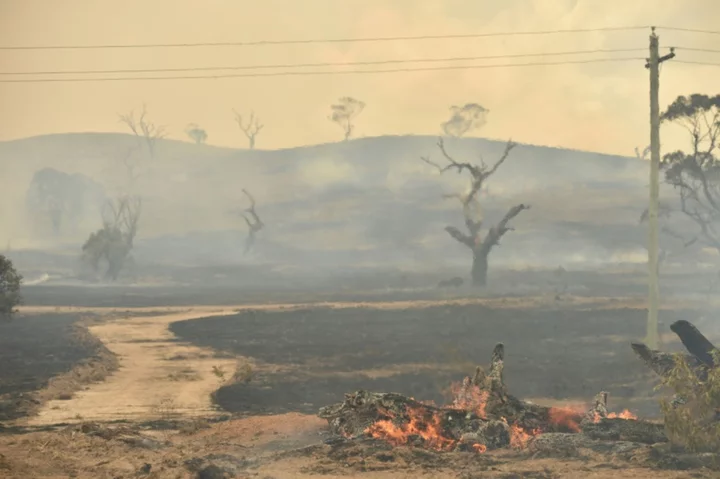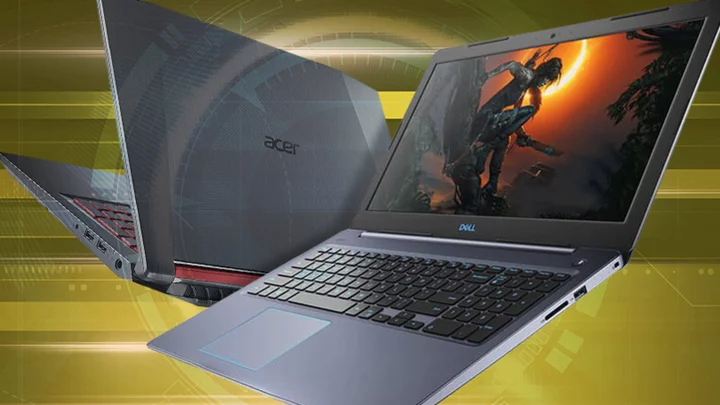The universe is rife with mystery.
Ambitious space missions, like the James Webb Space Telescope and Martian rovers, are helping scientists grasp what's out there: Could any of the rocky, Earth-sized planets in the TRAPPIST solar system host life? How did galaxies teeming with stars and planets, like our Milky Way, come to be? Did hellish Venus once harbor oceans?
Some of these cosmic questions may be answered in the coming years and decades; some will take longer.
Yet these same spacecraft also beam back patterns and images that we sometimes interpret as being familiar: perhaps a face in rock, or a colossal hand in a cosmic cloud. This tendency to see a distinctive image in a foreign (or one might say extraterrestrial) pattern is known as "pareidolia."
"Here at NASA, we often hear from people who think they see something familiar in an image from Mars, or another planet, or somewhere else in the cosmos. And it's true — they do see something familiar, but it's actually because they're experiencing pareidolia," the space agency explains.
SEE ALSO: The most fascinating star in our sky inches closer to explodingWhat follows are some instances of skulls seeming to appear in space images. Of course, there really aren't colossal skulls zooming through the cosmos, or our solar system. Right?
The Perseus cluster
A cluster of galaxies captured by NASA's Chandra X-ray Observatory. Credit: Chandra X-ray Observatory ACIS ImageThis haunting image was captured by NASA's Chandra X-ray Observatory, an instrument that detects X-ray emissions (as opposed to something like visible light emissions) from hot areas of the universe.
This skull-like pattern actually shows the core of a group of distant galaxies called the "Perseus cluster." You're essentially looking at the extremely hot gas in and around the supergiant galaxy, Perseus A. Directly at center, between two dark cavities, is a supermassive black hole, a region with such enormous gravity not even light can escape. The twin dark cavities are giant — "each large enough to contain a galaxy half the diameter of our Milky Way galaxy," NASA explains — and likely created by bursts of energized particles released from around the galactic black hole.
The "mouth" of the skull, seen at two o'clock from the image's center, is a smaller galaxy (with some 20 billion stars) that's falling into the more massive Perseus A (yes, galaxies tend to collide).
The skull asteroid (aka the "Halloween asteroid")
Asteroid 2015 TB145, which looks similar to a skull, once passed within 302,000 miles of Earth. Credit: National Science Foundation / Arecibo ObservatoryIn the right light, asteroid 2015 TB145 looks awfully creepy.
What's more, astronomers discovered this space rock in October 2015 — and then it made its closest pass to Earth that Halloween.
Asteroid 2015 TB145, measuring some 2,050 to 2,300 feet wide, is awfully dark. It reflects almost no light, just around 5 percent of sunlight. "This means that it is very dark, only slightly more reflective than charcoal," Pablo Santos-Sanz, an astronomer from the Institute of Astrophysics of Andalusia, told the Spanish science publication SINC.
Like most asteroids, the "Halloween asteroid" is a relic from our early solar system. It formed some 4.6 billion years ago, but never developed into part of a larger planetary mass, the likes of which created our planets. NASA calls Asteroid 2015 TB145 a "dead comet," meaning it's shed much of the water ice and other "volatiles" around its rocky or metallic core.
It's a "near Earth asteroid," i.e., its orbit brings the rock somewhat close to Earth (but it isn't on track to hit our planet) from time to time. In 2088, for example, the asteroid will come within 20 lunar distances (a lunar distance is the length between Earth and the moon, or some 239,000 miles) from us. And in the right light, it might continue to intrigue, or creep out, the masses.
Skull Nebula
The "Skull Nebula," formed from the outgassed layers of a dying star. Credit: ESO / VLTSome 1,600 light-years away lies the "Skull Nebula."
Formally called NGC 246, it's a cosmic object called a planetary nebula, which forms when a medium-sized star like the sun grows old and sheds its outer layers of gas, often in a grandiose cosmic display. An extremely dense core (a white dwarf star) is left in the middle of the clouds.
The Skull Nebula is located in the constellation Cetus, which means "The Whale." "This ethereal remnant of a long dead star, nestled in the belly of The Whale, bears an uneasy resemblance to a skull floating through space," writes the European Southern Observatory (ESO), a collaborative science organization of European nations.
Face on Mars
A natural feature on Mars that, from an image taken in 1976, looks similar to a face or skull. Credit: NASA / JPL-CaltechThe "face on Mars" is a famous example of pareidolia.
NASA's Viking spacecraft captured a feature on Mars with a face-like pattern in 1976. Yet, "The 'face' does not stand the test of time," writes NASA. Decades later, other spacecraft took higher resolution images of the face, showing that it's simply natural Martian topography.
On far left is an image taken by NASA's Viking spacecraft in 1976. The images at center and right were snapped by the Mars Global Surveyor in 1998. Credit: NASA / JPL-Caltech / MSSSWant more science and tech news delivered straight to your inbox? Sign up for Mashable's Light Speed newsletter today.
Indeed, you can find instances of pareidolia all over the cosmos. It's not inherently a bad thing — it can be a valuable way to draw interest to a cosmic object.
Though, sometimes, the resemblance can be a little too close for comfort.









